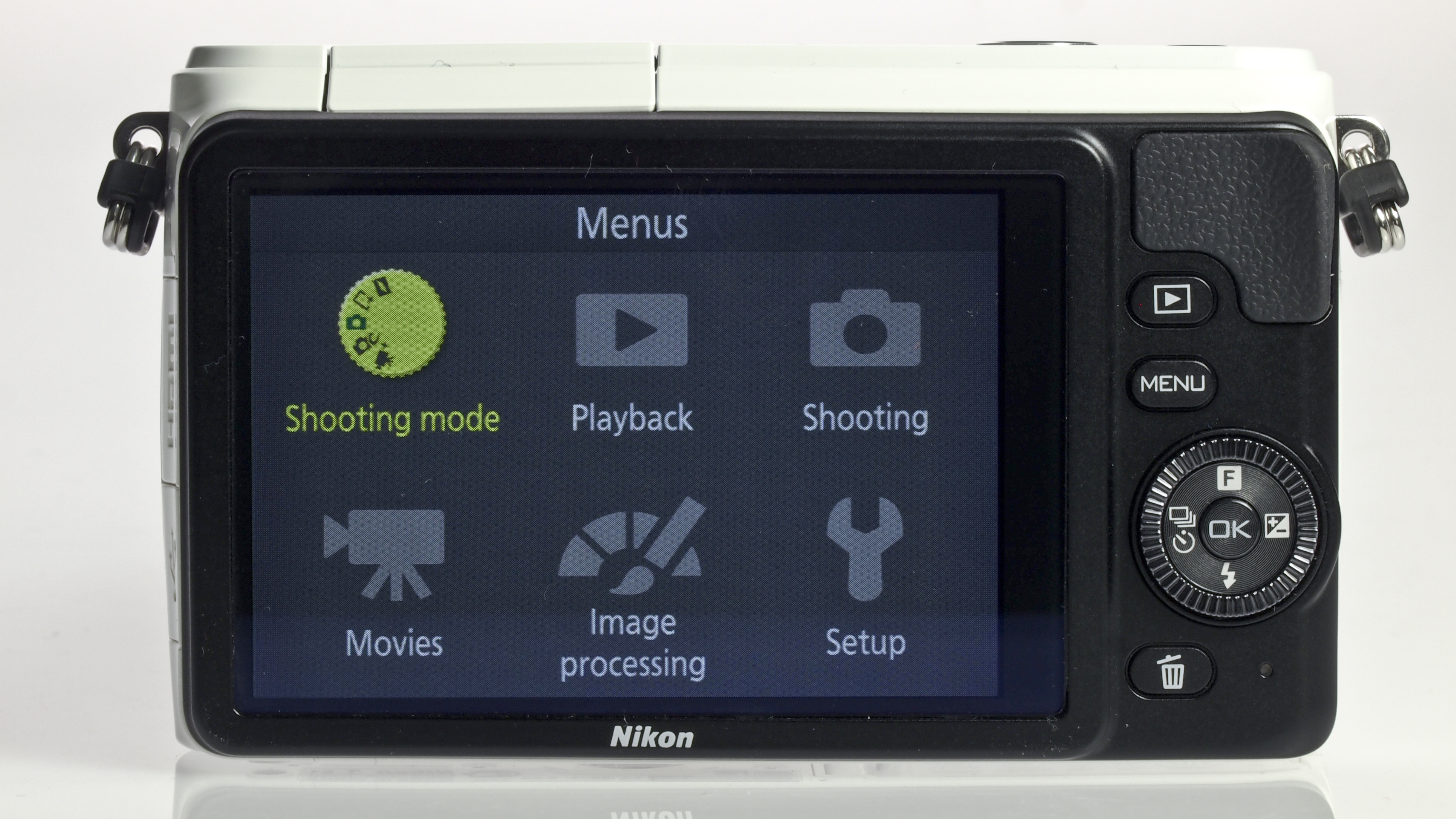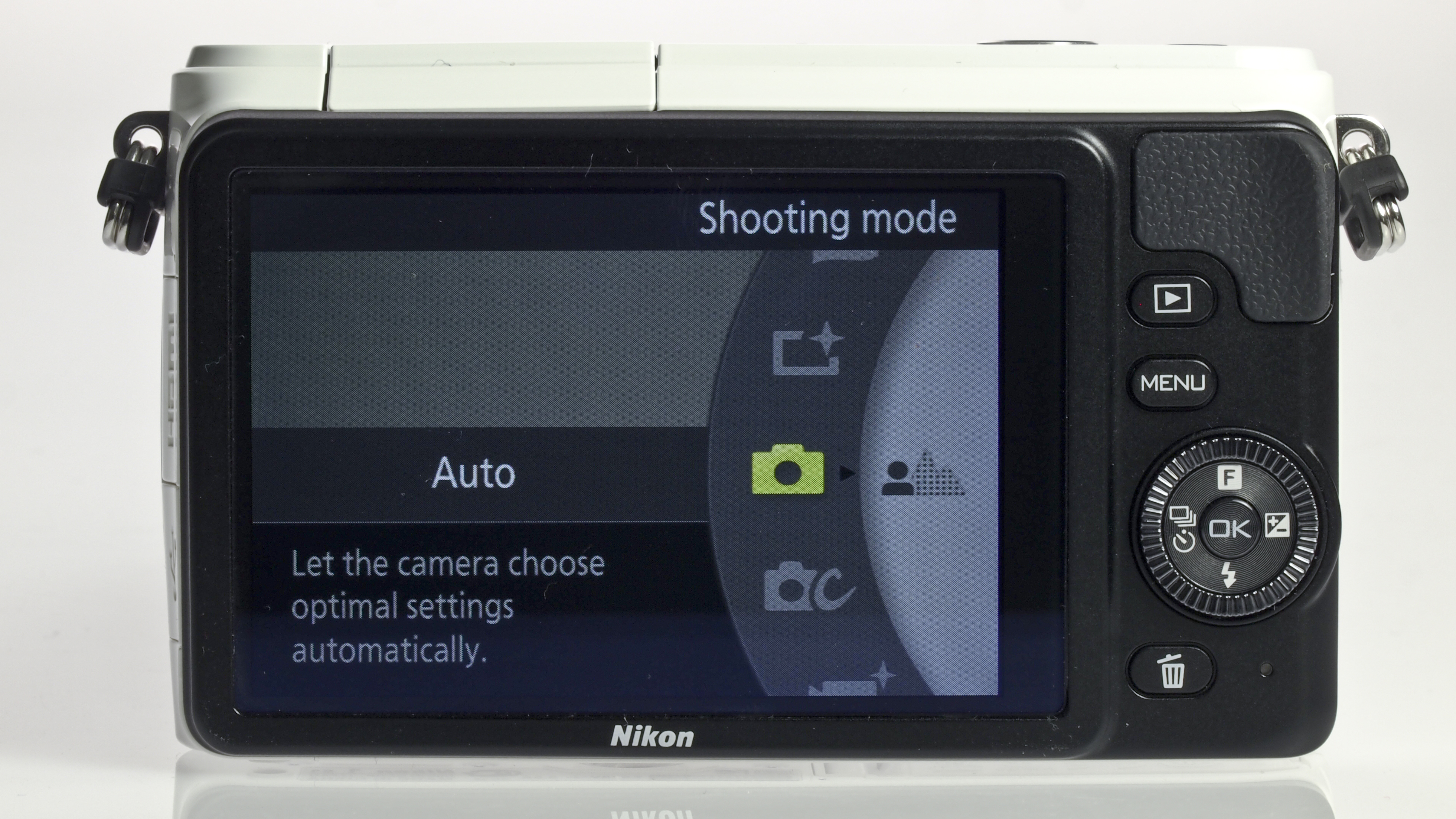Why you can trust TechRadar
Under the right conditions, Nikon 1 cameras are more than capable of producing excellent quality images, so we were expecting the same image quality from the Nikon 1 S1.
Happily, once again Nikon has produced a camera capable of producing fantastic images, especially in good light. Photographs are bright and punchy with beautifully saturated colours and plenty of detail.
Examining the images at 100% reveals some slight smudging throughout the sensitivity range, but viewing the images at normal printing and web sizes gives the appearance of very detailed and sharp photos.

In lower light/high sensitivity situations, more noise does begin to creep in, starting from around ISO 400. At ISO 800, images are still fairly good, with detail kept even though evidence of noise is higher. When using very high ISOs such as ISO 6400, images are a lot noisier, but at smaller sizes they're still more than usable.
Looking at areas of high contrast in a scene indicates that the Nikon 1 S1 manages to keep fringing and chromatic aberration to a minimum, and they're not particularly visible at normal printing and web sizes, and are only found occasionally when zooming in very close.
On the whole, matrix (general purpose) metering does a good job, capturing well exposed scenes. However, in areas of particularly high contrast it does struggle a little, making switching to spot metering preferable. This isn't the easiest change to make thanks to the intricacies of the menu system, so it can be a little annoying.

Similarly, automatic white balance does a good job in the majority of situations, only struggling a little with mixed lighting or some kinds of artificial indoor lighting.
Sign up for breaking news, reviews, opinion, top tech deals, and more.
The standard lens that comes as part of the Nikon 1 S1 kit is an 11-27.5mm optic. This is a decent performer and produces images that are sharp and detailed.
Shooting with a lens with a wider maximum aperture, such as the 18.5mm (roughly 50mm equivalent) enables us to assess out of focus areas more thoroughly. The quality of focus drop off is great, while out of focus areas are rendered beautifully. Despite the camera's small sensor, shallow depth of field effects can be achieved, and not just when using a very wide aperture.

Creative filters can be found on the Nikon 1 S1, as with the J range of Nikon 1 cameras. Despite being a nice inclusion in the Instagram age, the filters could be better implemented, and several competitors (most notably Panasonic and Olympus) have a far greater range of more interesting filters available to use.
For those who do find such creativity appealing, Picture Styles is a good way to produce different effects that are more customisable. For instance, you can shoot in monochrome, sepia or cyanotype (as well as other black and white toning). Or, if you're feeling even more experimental, you could change the parameters of the Vivid setting to produce a cross processed style effect.
However, because the camera only shoots in raw or JPEG format, and filters are only available for JPEG files, should you decide that you want a 'clean' version of the image down the line, you'll be pretty much stuck with whatever implementation of a Picture Style you've created. Again, the capability to shoot in both raw and JPEG would be very welcome, and not including this seems like an odd decision.

The hybrid autofocusing system is a good performer, helping the camera to quickly and accurately lock onto subjects with ease. Unlike some of the Nikon premium Coolpix compacts, the overall speed of the Nikon 1 S1 is much quicker, with startup and shot to shot times being fairly impressive.
One of the key selling points of Nikon 1 cameras has always been the range's unique technologies, such as Best Moment Capture. It's pleasing to see Nikon include this on its most basic camera, because it's something that the beginner or inexperienced user will no doubt make excellent use of.
There are two variants on Best Moment Capture in the latest Nikon 1 cameras. Smart Photo Selector works by shooting 20 high resolution images before and after the shutter button has been fully depressed. The camera automatically chooses the best five images, from which you have the option to pick your own favourite.

Slow View is the newer of the two, which takes a little more explaining. This works by shooting a series of frames as you half-press the shutter. You can then watch these frames played back in a loop on the screen, so long as your finger is half-pressed on the shutter button.
When you spot the one you want to keep, fully depress the shutter button and the image will be saved to the card. If, on the other hand, you decide not to keep any of the images, simply remove your finger and nothing will be recorded.
Both options are excellent for shooting action, or fast-moving subjects, such as children, since it makes it easier to capture those fleeting moments.

At 460,000 dots, the TFT LCD screen on the back of the Nikon 1 S1 has the lowest resolution of the current crop of Nikon 1 cameras. Although it doesn't have quite the same detail as the Nikon 1 J3 and Nikon 1 V2, it is nevertheless a decent performer, not suffering too badly from glare or reflection apart from in very bright light.
The screen provides a reasonable angle of view for shooting from slightly odd angles, though it is of course no competitor for models with a movable screen.
Current page: Performance
Prev Page Build quality and handling Next Page Image quality and resolution
Amy has been writing about cameras, photography and associated tech since 2009. Amy was once part of the photography testing team for Future Publishing working across TechRadar, Digital Camera, PhotoPlus, N Photo and Photography Week. For her photography, she has won awards and has been exhibited. She often partakes in unusual projects - including one intense year where she used a different camera every single day. Amy is currently the Features Editor at Amateur Photographer magazine, and in her increasingly little spare time works across a number of high-profile publications including Wired, Stuff, Digital Camera World, Expert Reviews, and just a little off-tangent, PetsRadar.
